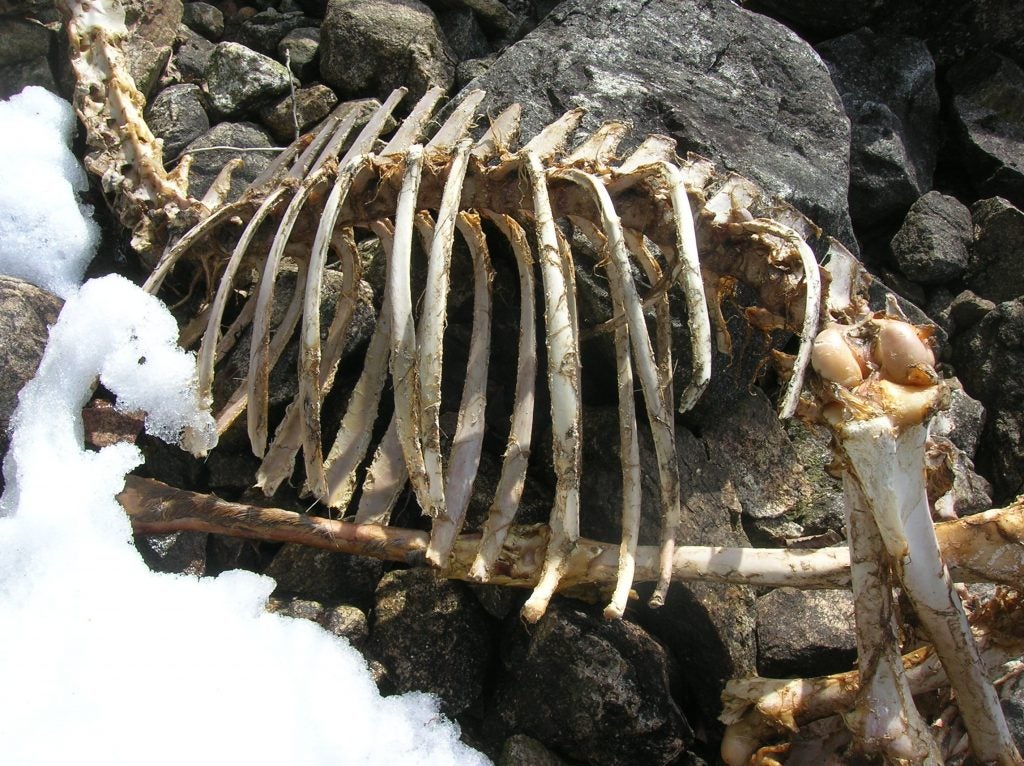Why I Chose It: Michigan Quarterly Review reader Caroline Harper New introduces Maria Esquina’s “The Hispanic Invasion of Texas” from our Winter 2022 issue. You can purchase the issue here.
When I came across this poem, I was drawn in by Esquinca’s use of fragments to create porosity between past and present, disparate locations, and individual bodies. How the “honeysuckled sky” and “lilac men” exist just as “pink-fleshed men / and women brandish their glocks” and “rosaries / bloom into grief.” Though the El Paso shooting is the central event, the violence Esquinca writes of is not tethered to a singular moment. She renders history in a way simultaneous rather than linear, as the momentous and mundane are invoked in the same breaths; the tender parts of life made inextricable from the violence. Esquinca sweeps us through place, time, and image until the final moment, where we must confront the most tenacious vessel of history: the body—not only of those who live in fear, but of those who will enact the violence again.

Winter 2022 | Maria Esquinca Reads "The Hispanic Invasion of Texas" – MQR Sound
The Hispanic Invasion of Texas
How much history is enough history / before the word invasion / echoes inside a Walmart / at the border / A white man drives ten hours / to slaughter / la frontera / a vision of my people / buried / the hours wrap around us / like disjointed mouths / they ask / ¿estas bien? / ¿dónde estas? / ten cuidado / the Rio Grande eddies / into hymns of mercy / headlines fall like guillotines / 22 killed / 24 injured / to survive but to fear your home / is another kind of violence / overnight / El Paso becomes a site of remembrance / It could’ve been my brother / It could’ve been my mother / a row of white crosses alights on the asphalt / under the honeysuckled sky / the lilac mountains carve the names of the murdered / in another elsewhere pink-fleshed men and women brandish their glocks / a whole city folds into itself / rosaries bloom into grief / how much history is enough history / before terror resurrects / in the body of another white man
The phrase “how much history is enough history” is borrowed from “What Seems Like Joy” by Kaveh Akbar. The title of the poem is a line taken from the racist manifesto written by the white supremacist who killed 23 people in El Paso, Texas. At the time this poem was written, 22 people had been confirmed dead. After a nearly nine-month fight, Guillermo “Memo” Garcia, the last living victim of the shooting, passed away, raising the death toll to 23.






